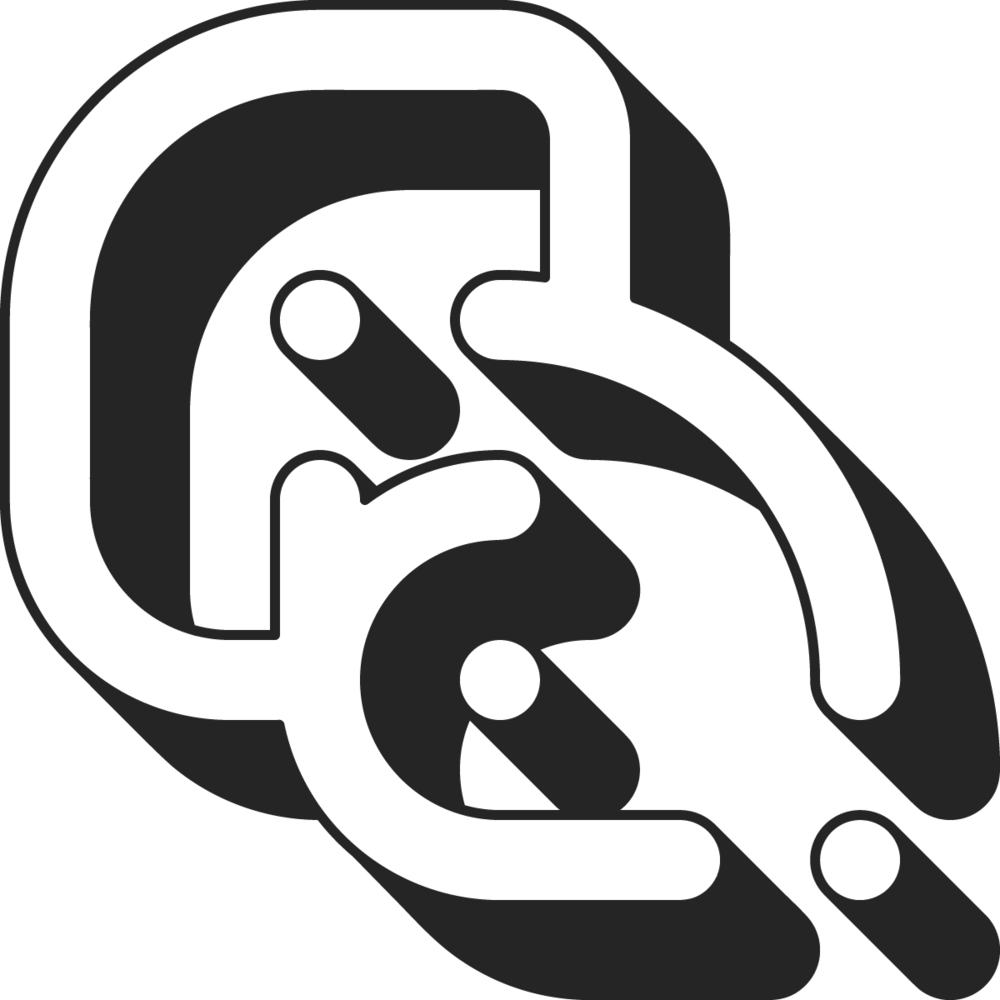The Nexus
Public space masterplan for Telluride, Colorado; see also the accompanying photo series, Gondola City
The purpose of public space is to enhance the social core of a place and inspire civic identity—public space provides an environment for which inhabitants recreate, relax and express themselves among like-minded individuals. As a means of promoting these inherent functions, public space may opt to exist as a realm with its own language, dissimilar to that of the urban fabric, connected to the conditions of the site rather than to the site's artificial encompassments. Town Park, the most prominent public space of Telluride, Colorado, remains under the influence of the "rough and natural" guidelines set by a past mining town for its current master plan. Because of this, Town Park is devoid of a proper civic center, programmatically disorganized due to a lack of formality, and disconnected from the town and local youth, both physically and socially.
For site organization on a macro level, the new master plan borrows from the urban planning methodologies presented in Kevin Lynch's 5 Elements of a City. When public space is regarded as an independent realm rather than a prosthesis of the town, urban planning methodologies may be implemented into public space in a similar fashion to that of the city. This project represents a large scale investigation into the contemporization and implementation of an appropriate selection of urban planning methodologies, or, in other words, a collective of concentric and narrative-based planning tools.
For site ordering on a micro level, the new master plan draws from site planning methodologies including the Grecian ideals of math and monument, the Geomantic ideals of balance and orientation, and the mythical ideals of narrative and fantasy as a means to order and re-masterplan a new civic center for the town of Telluride. These methodologies are appropriate for Telluride because each method addresses the issues of experience (narrative) and civic (concentric) connection within a naturally-formed setting.
The new Town Park will borrow a formal vocabulary abstracted from the encompassing site context rather than from that of the town in order to engage with the built architecture and the nature of the site simultaneously. Locally-sourced materials provide a regional palette and encourage community involvement. Civic-centered radial design and geometric purity juxtapose site conditions in order to place equal hierarchy on the park, the town, and the natural panorama. Radial design also encourages a balanced inward focus——an attribute inherent to the courtyard, a realm in its own right. Formal and informal pathways serve as the primary means of connection between these three realms of experience——they also become a transitional phase between nodes and landmarks. The temporal characteristics of traditional festival architecture are embraced through the implementation of space frames and lightweight tensile structures. Structurally-efficient modular design is applied tactfully in order to properly execute radial forms and maximize open-air space. A user's experience within the park will be dissimilar to that of the town, instead evoking festivity and spectacle——a sort of theme park of the senses.














